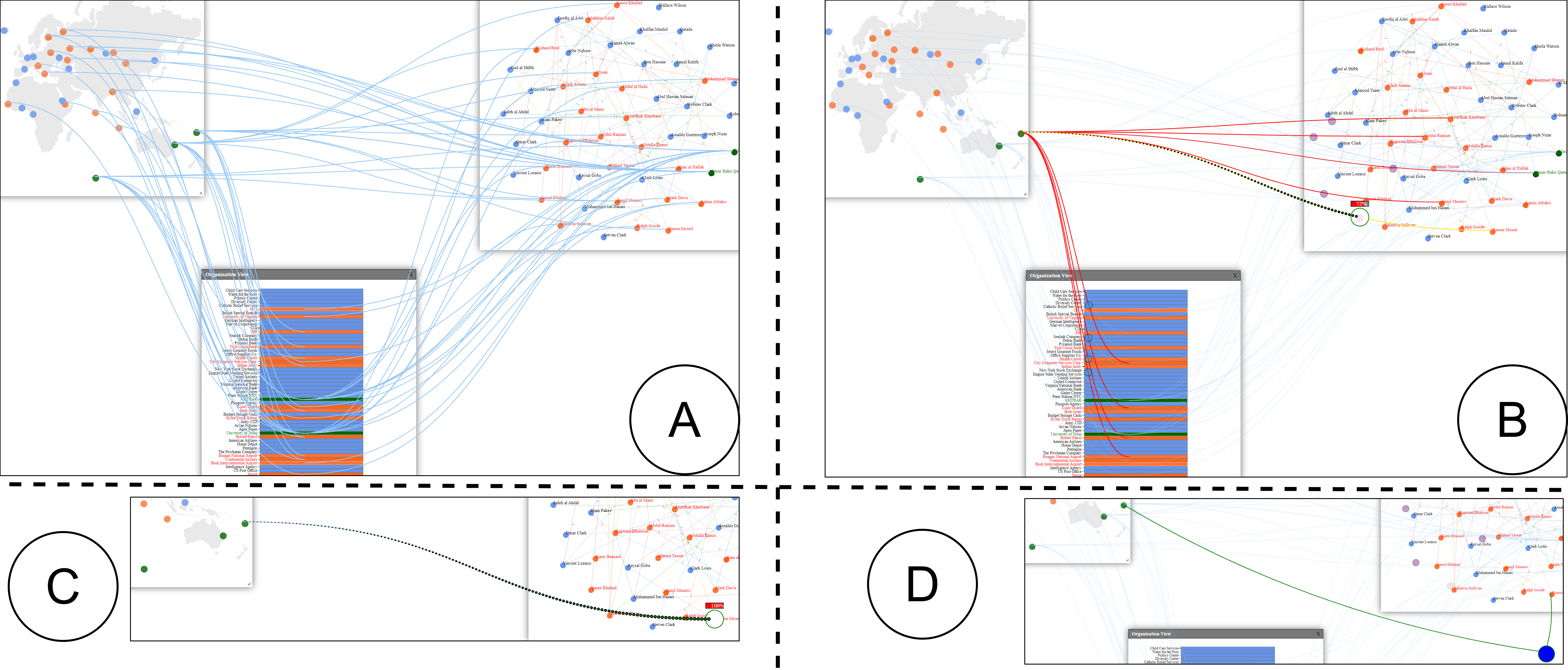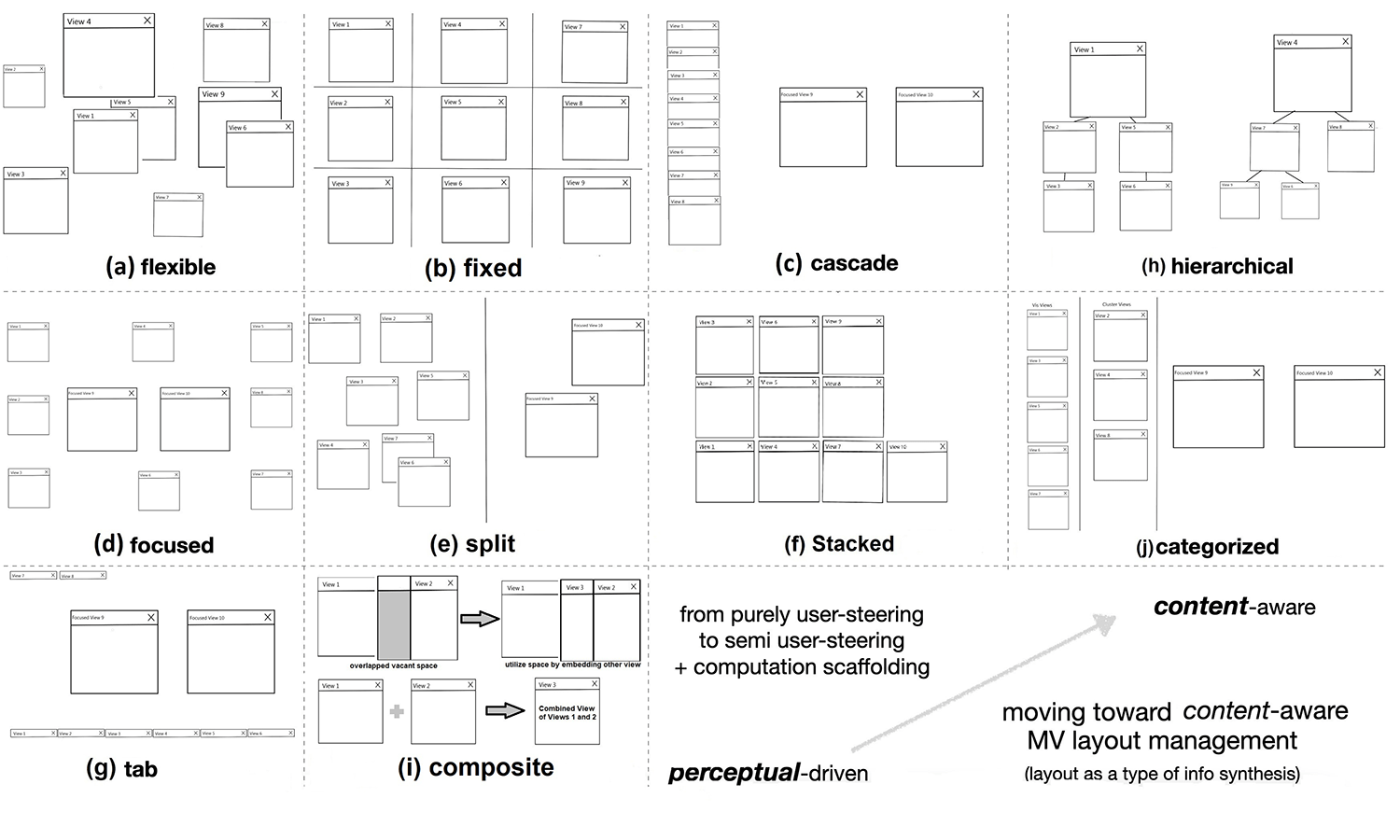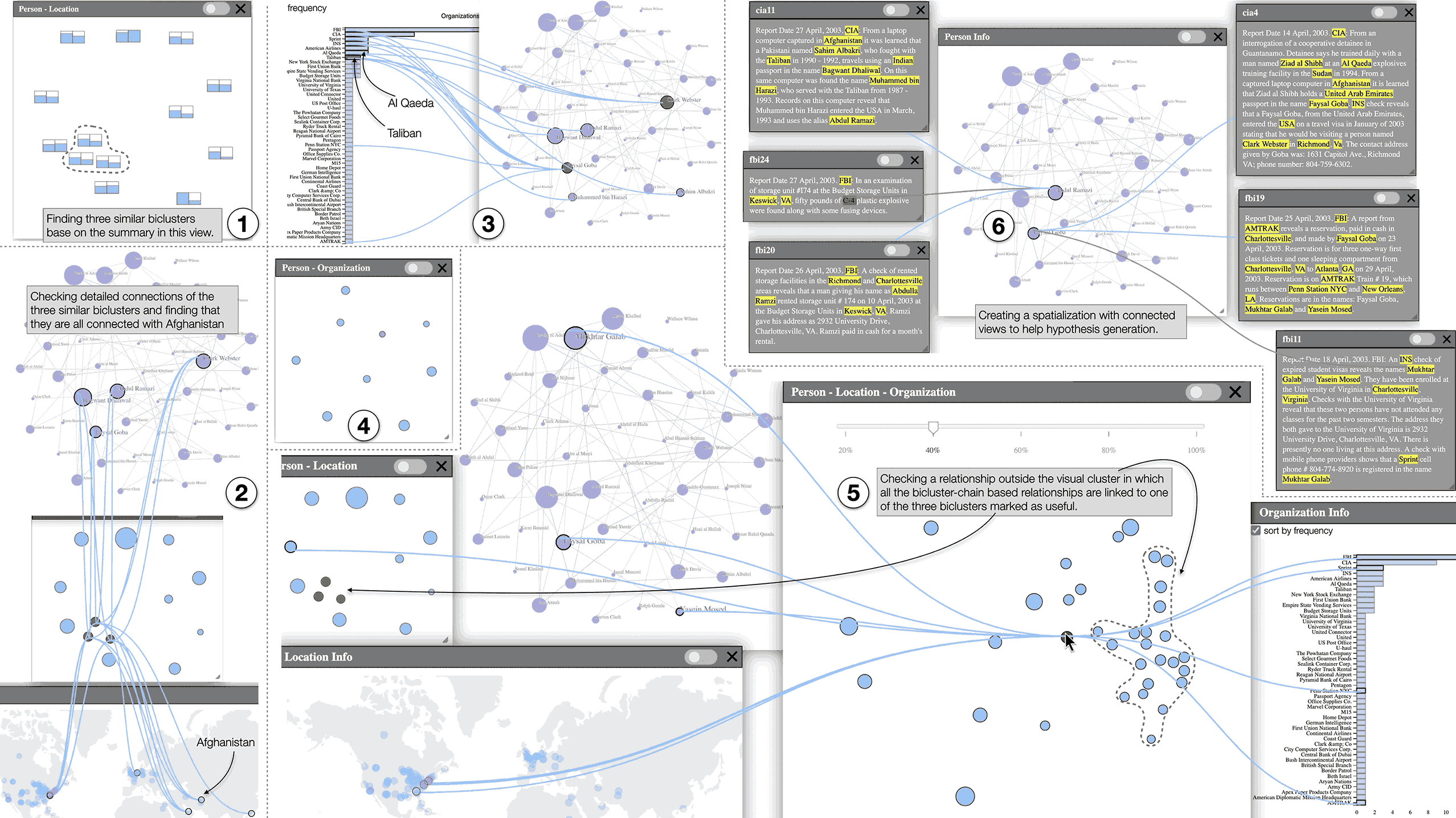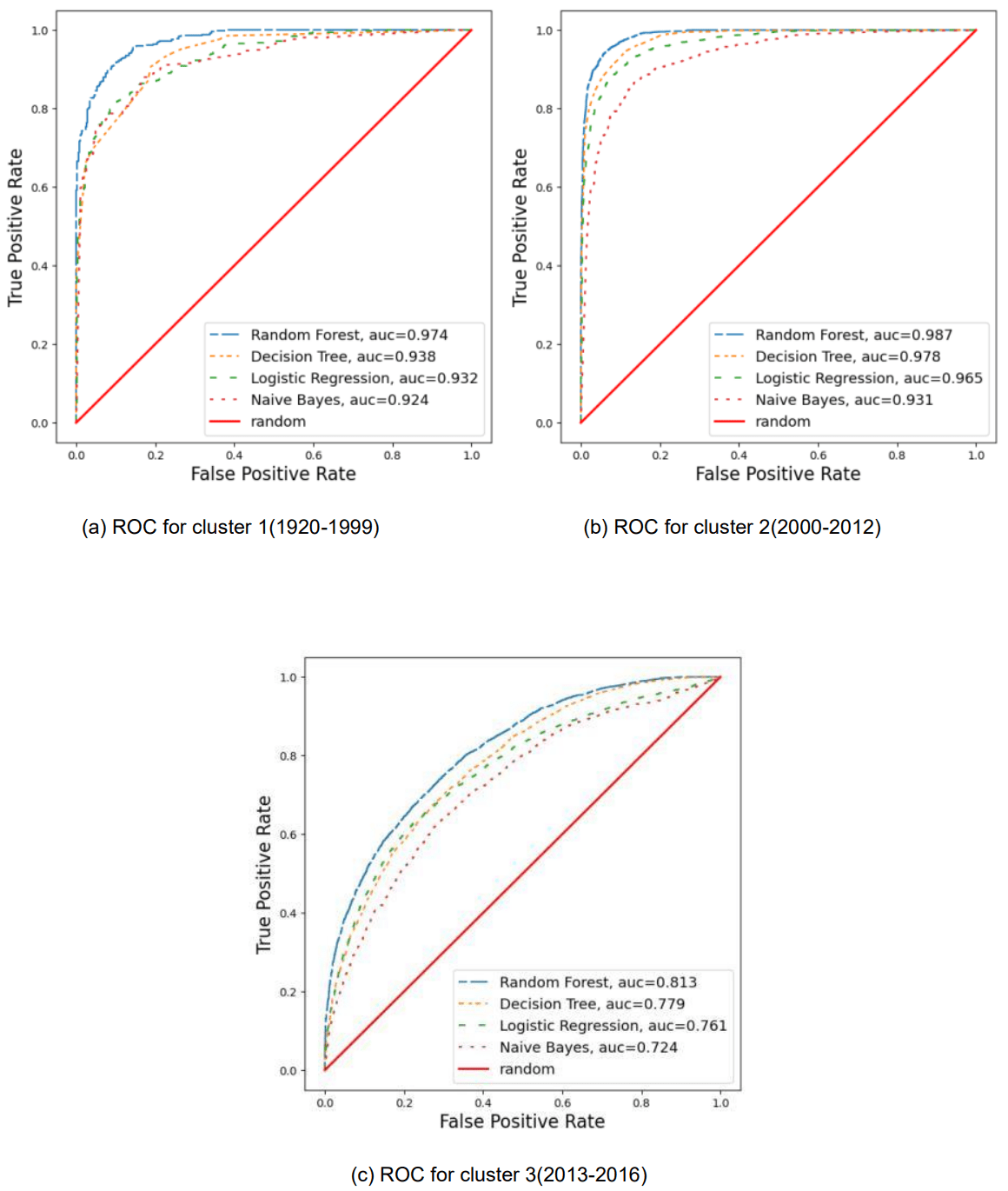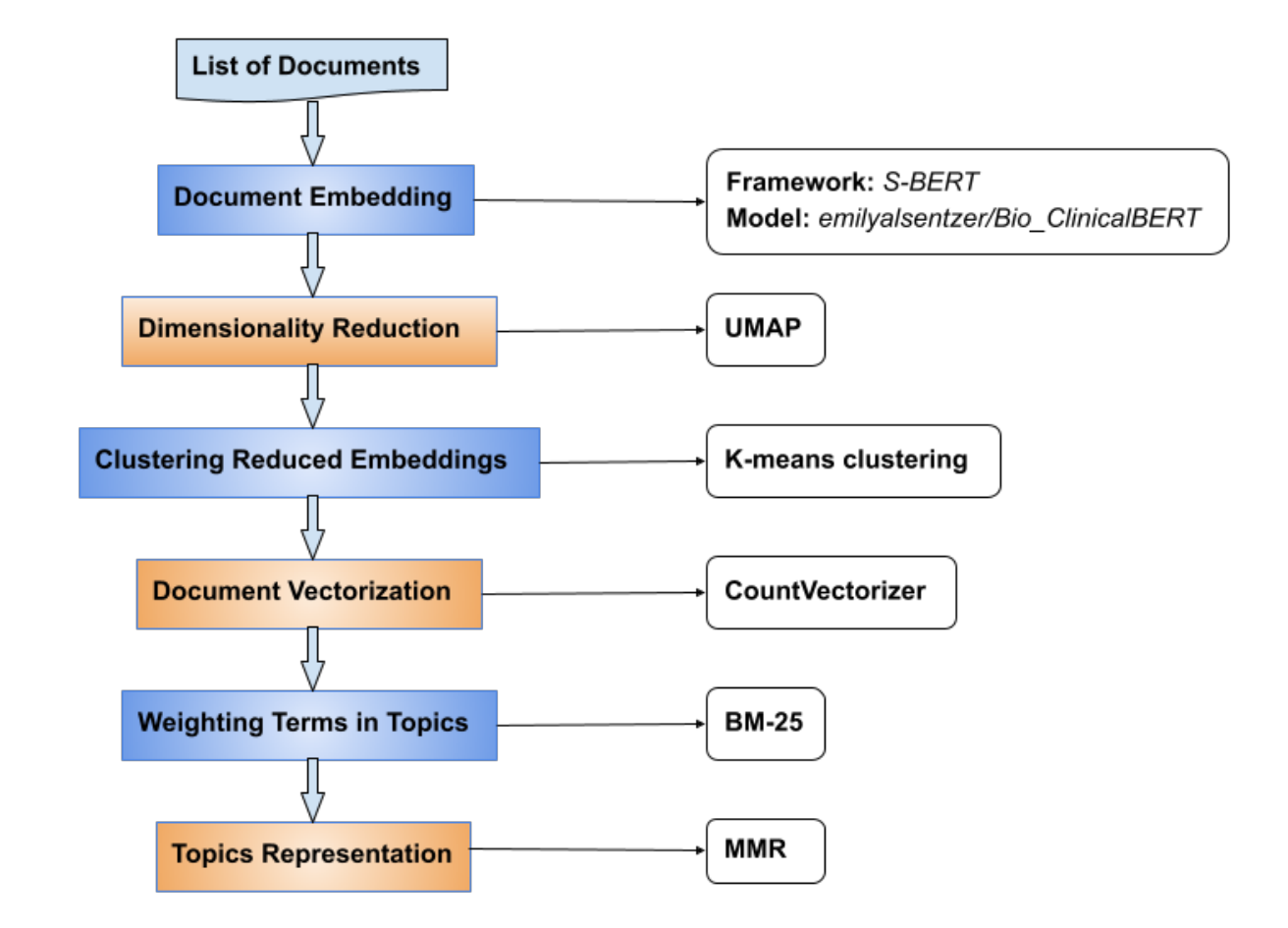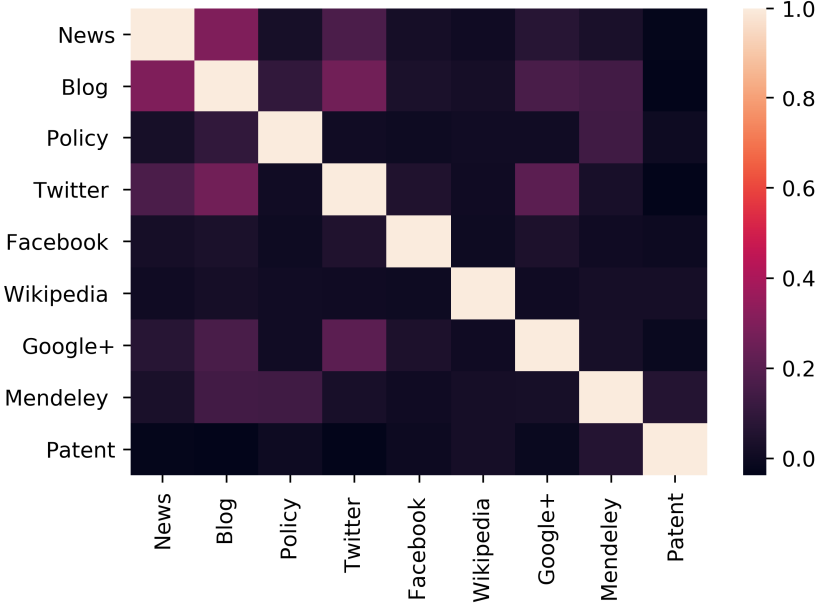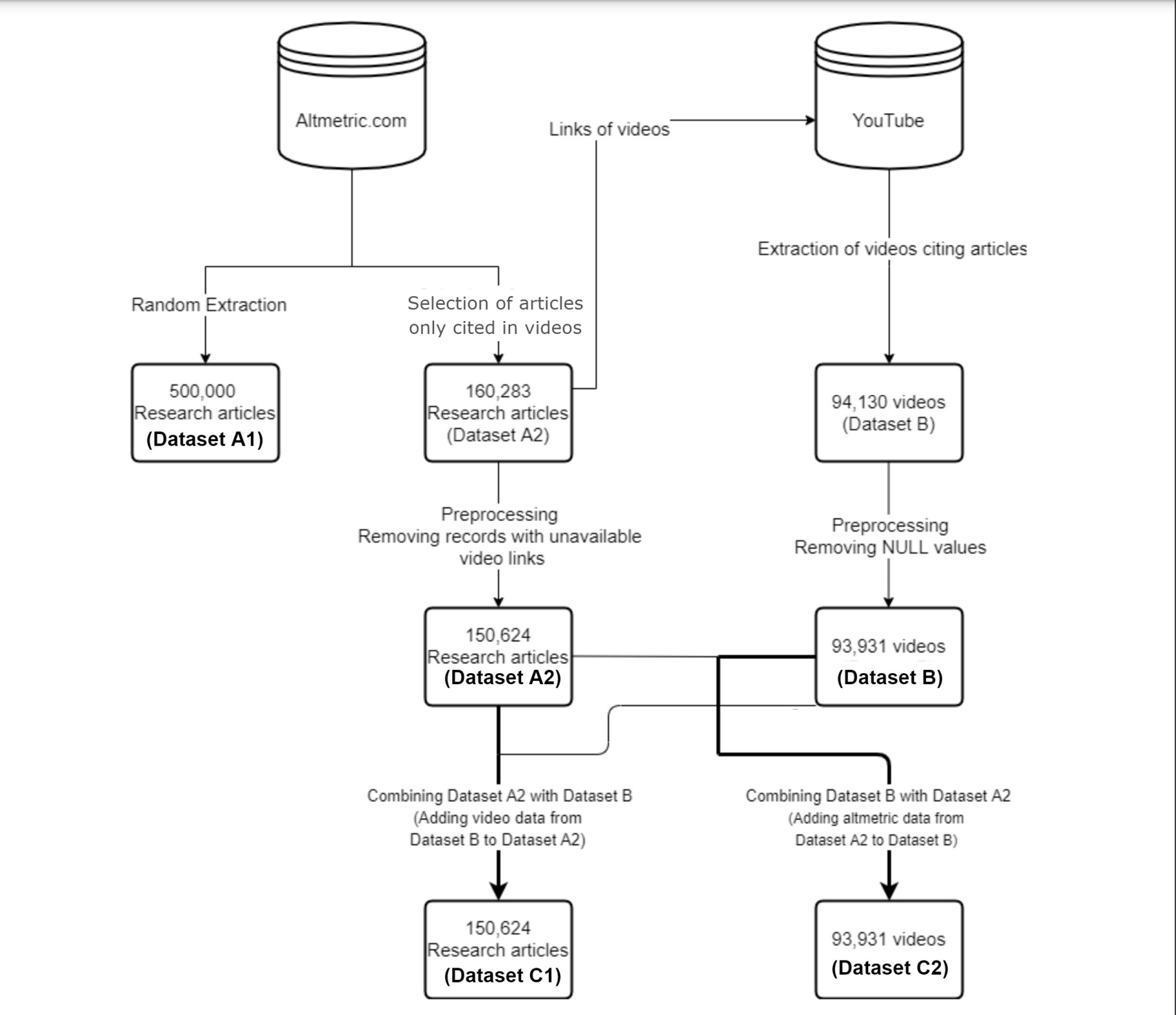LLMFlow integrates LLama3.2 with Ollama, DeepSeek and GPT with LangChain to generate concise summaries of large-scale research documents, reducing reading time and effort for academics. The app allows Q&A's related to the research paper improving efficiency in reviewing scholarly literature.
Abstract: Video communication has been rapidly increasing over the past decade, with YouTube providing a medium where users can post, discover, share, and react to videos. There has also been an increase in the number of videos citing research articles, especially since it has become relatively commonplace for academic conferences to require video submissions. However, the relationship between research articles and YouTube videos is not clear, and the purpose of the present paper is to address this issue. We created new datasets using YouTube videos and mentions of research articles on various online platforms. We found that most of the articles cited in the videos are related to medicine and biochemistry. We analyzed these datasets through statistical techniques and visualization, and built machine learning models to predict (1) whether a research article is cited in videos, (2) whether a research article cited in a video achieves a level of popularity, and (3) whether a video citing a research article becomes popular. The best models achieved F1 scores between 80% and 94%. According to our results, research articles mentioned in more tweets and news coverage have a higher chance of receiving video citations. We also found that video views are important for predicting citations and increasing research articles’ popularity and public engagement with science.


